Transfer of flood waters of the Ishim River through the Torgai River to the Aral Sea. The river is subject to regular floods, which leads to the destruction of the banks and water pollution.
Dear friends,
We are pleased to announce the launch of the charitable foundation ICABER-FM (International Foundation for the Revival of the Ecosystem of the Caspian-Aral Basin and Flood Management), which was created to save the ecosystems of the Caspian and Aral basins and minimize the consequences of floods in the region.
Foundation Founder
Zhanbolat Nadyrov

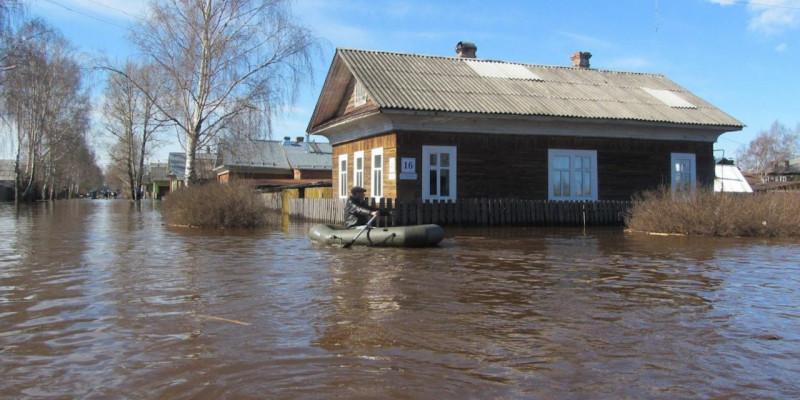
Our projects
Flood Damage Mitigation: Protecting Lives, Preserving Property and Building Resilience
Gallery



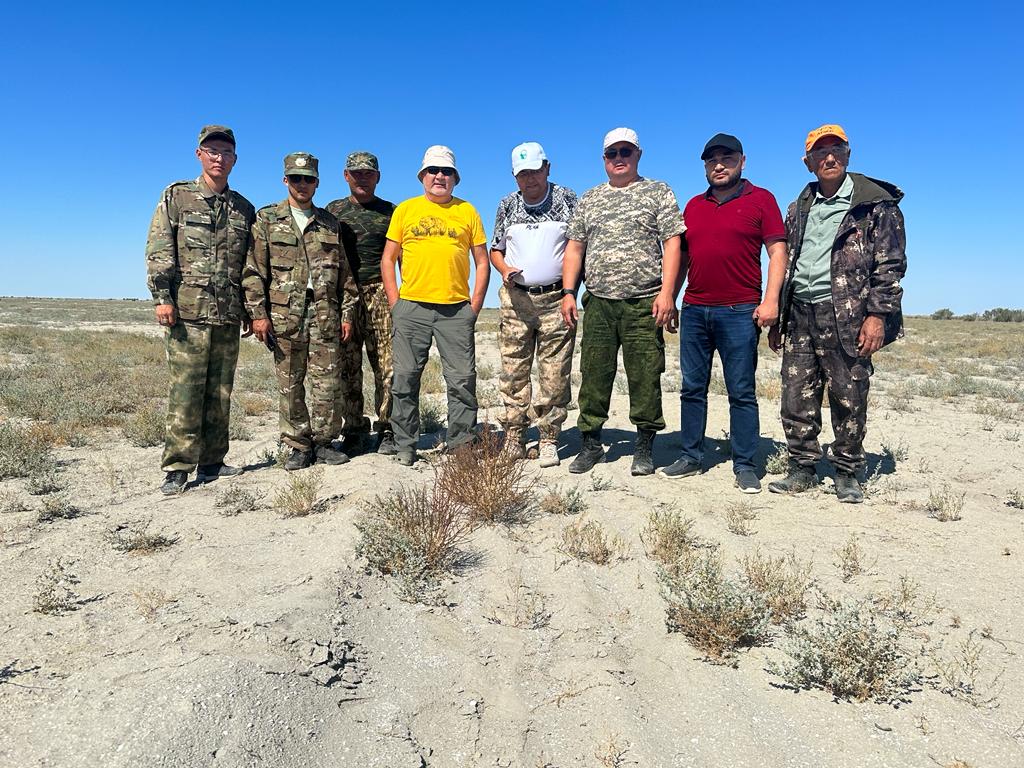



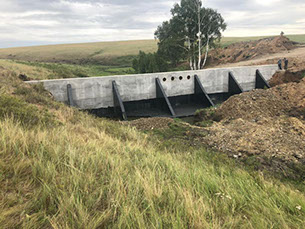

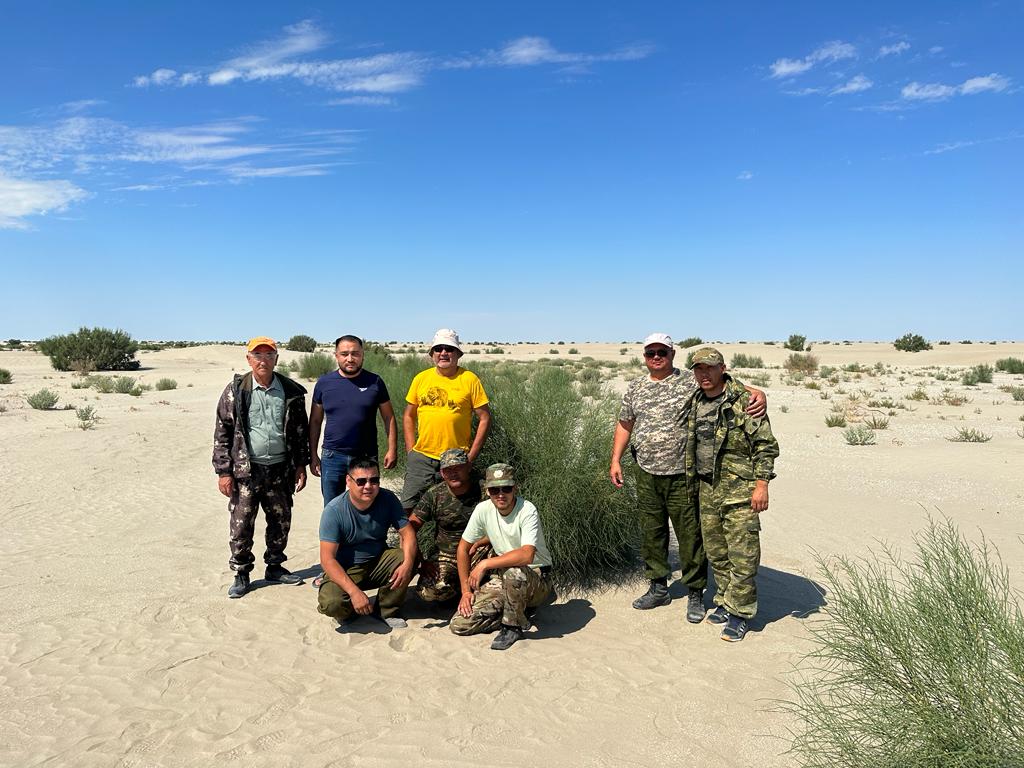
What is the background of the creation of the idea?
In the early 2000s, visiting his native places – the south of the Kazakh foothills, in the vicinity of Zhezkazgan. The once blooming pastures have turned into deserts. All the fault of the dried up Aral Sea. Every year, up to 80 million are raised by wind from the bottom of the Dead Sea. Tons of poisonous salt.
The Aral Sea was the fourth largest lake in the world before the flooding.
The fall in the level of the Aral Sea since 1960 is connected with the development of irrigation systems. One of the two largest rivers of Central Asia, the Amu Darya River, has stopped reaching the Aral Sea. The water needs of the national economy of the region have increased from 60 to 120 km³ per year, and water is still being used inefficiently.

The disappearance of the Aral Sea is one of the most destructive anthropogenic disasters in the history of the world. The rusting skeletons of ships and fields of salt marshes disappearing into the horizon in a place that was once hidden by sea waves.
The drying of the sea critically affected the climate of the region, at a distance of up to 100 km from the former coastline, the weather became more continental: summer is drier and brighter, winter is colder and longer. Dust containing sea salts, pesticides and other chemicals is carried by winds in large quantities to the nearby region from the dried part of the former seabed. Dynamic catastrophe can be seen on the following space pictures:
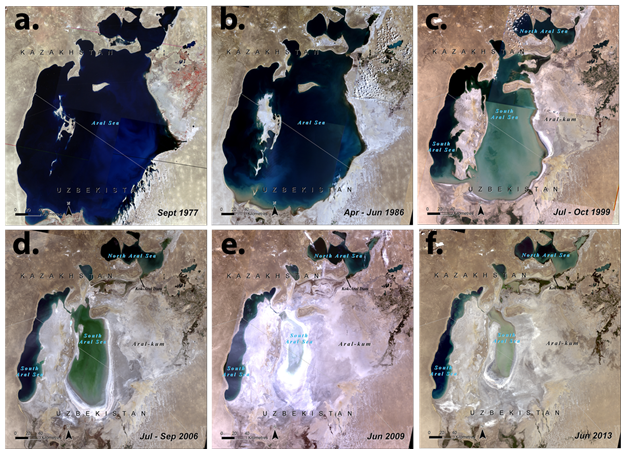

Dynamics of the Aral Sea
| Year | Level water, m | Volume, km³ | Square surface, km²] | Mineralization, ‰ | Runoff, km³/year |
| 1960 | 53,40 | 1083,00 | 68 900 | 9,90 | 63,00 |
| 2003 | 31,00 | 112,80 | 18 240 | 78,00 | 3,2 |
| 2021 | 10 | 44,2 | 3300 | 10 | 1,82 |
Scientists proposed to solve the problem of the Aral Sea by replacing crops with moisture-loving crops, planting plants that show resistance to drought, but the leaders of Uzbekistan, Turkmenistan and Tajikistan did not agree to such an option. They, on the contrary, planned to increase the area of agricultural land for cotton, which is exported.
In Kazakhstan, it is necessary to wait for water from other Central Asian countries.
Russia also, even in 2021, “officially informed about the inexpediency of consideration of the question of the transfer of surplus water to the territory of Kazakhstan.” The Prime Minister of Kazakhstan Alikhan Smailov stated this in response to a parliamentary request to create a separate Kazakhstan-Russia intergovernmental commission on the project of transferring part of the flow of Siberian rivers to the Republic of Kazakhstan and Central Asia due to the water deficit in this region.
Thus, we need to solve the problem only at the expense of the country’s internal resources.
However, 390 deaths per year are registered due to floods in Kazakhstan, and average annual losses from floods are estimated at 419 million dollars. USA
The solution can be the construction of reservoirs for the maximum accumulation of flood water and its transfer to the Aral Sea.

